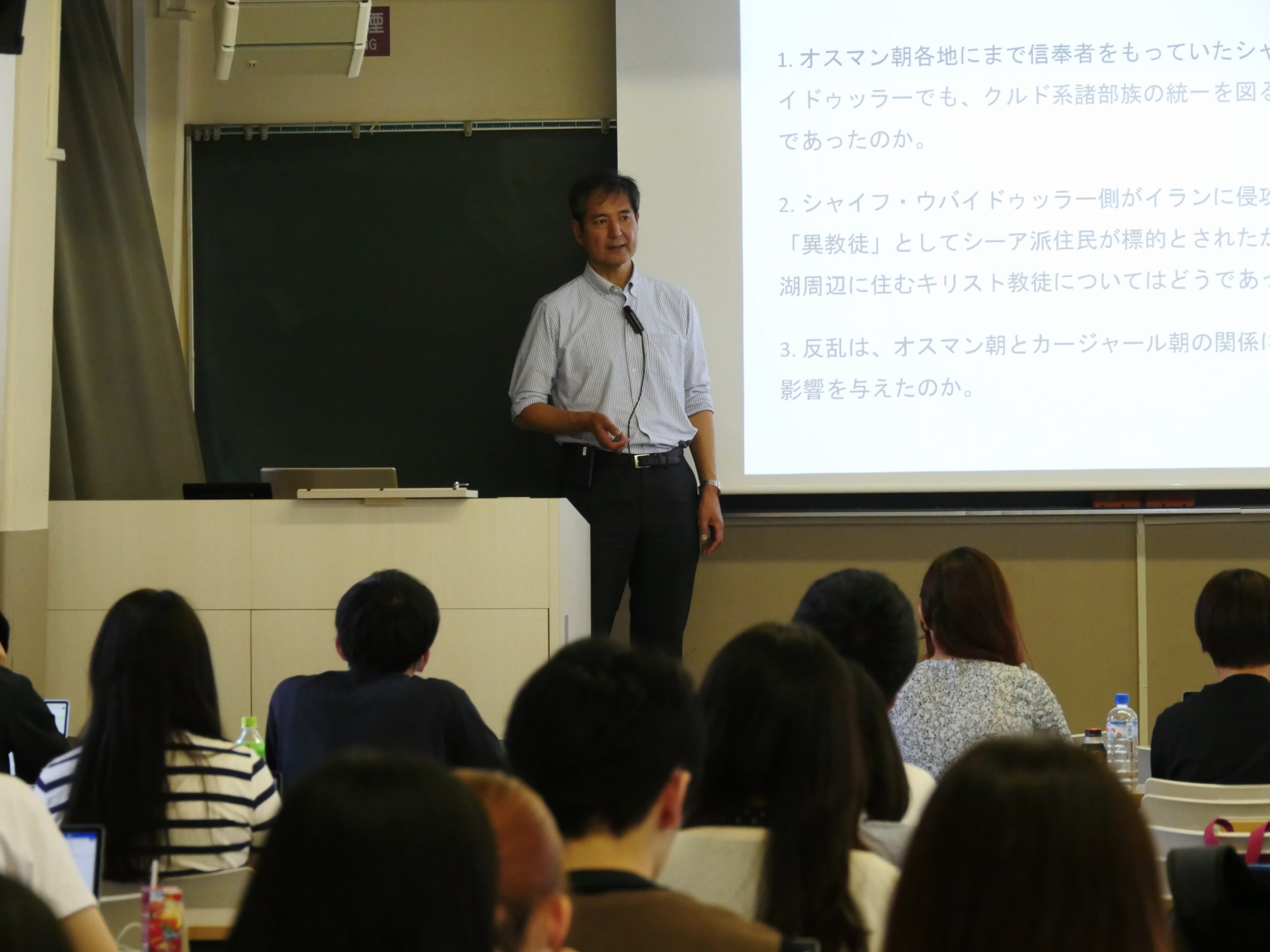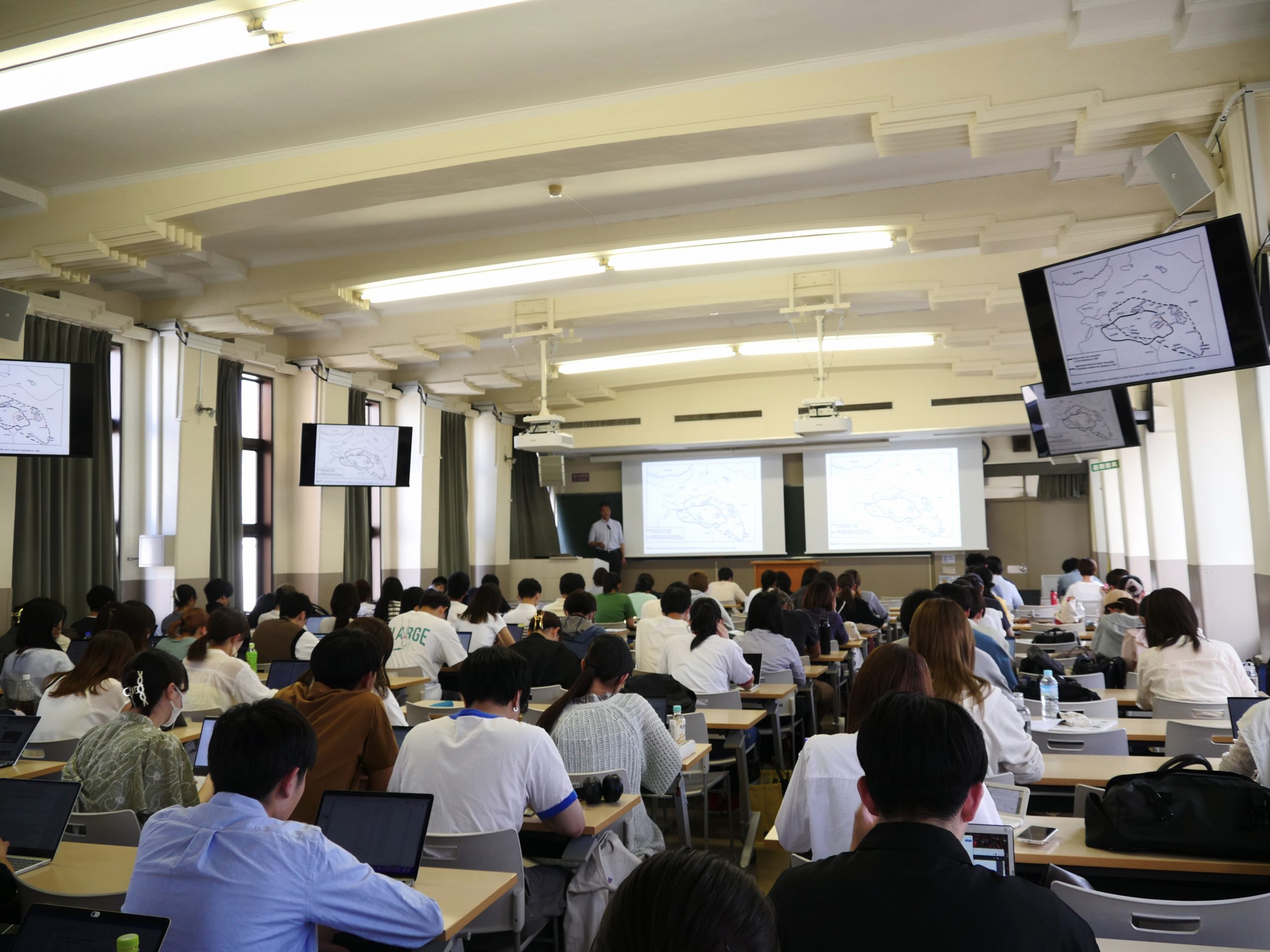Class Introduction:Modern History of the Middle East A
Comment from Professor:
Minorities exist in every society to some extent. They can be discriminated against or
persecuted by the majority, or they may be smoothly integrated within society. In fact,
the status that minorities occupy within a society greatly depends on the structure and
formation of that society. Therefore, by focusing on the situation of minorities, we can
gain a clearer picture of the society as a whole, including the majority. This class aims to
review the history of the Middle East region from the perspective of minorities. The
subtitle “Modern History of the Middle East Seen from the Perspective of Minorities”
reflects this intent.
The Middle East region, with its long history since ancient civilizations, has seen various
ethnic groups come and go, and several religions have originated from it. Therefore, it is
not uncommon for people speaking different languages and believing in different
religions to live together in one country, town, or village. This ethnic and religious
diversity is thought to lead to constant conflicts and disputes over ethnicity and religion
throughout the Middle East, and in reality, there have been repeated conflicts over ethnic
and religious issues, such as the Palestinian problem. However, differences in language
or religion do not immediately lead to conflict or disputes as there are historical
backgrounds and specific reasons for each conflict. Observing the roots of these problems
is the only way to realize solutions.
This course examines the status, political, and social integration of minority groups amid
modern changes such as reforms and the formation of nation-states. A specific example
is the Kurdish people, who live across Turkey, Iraq, Iran, and Syria. Kurdish people, who
speak the Kurdish language as their mother tongue, are a group with a population of
about 30 million. The course first looks at what Kurdish society was like before modern
times and how it was governed by the state, and subsequently, how the relationship
between Kurdish society and the state, or how Kurdish society itself transformed within
the historical changes since the modern era leading to today's Kurdish issues. This will
be useful not only to those interested in the Middle East region but also to those
concerned with minority issues.

Class Interview
This course examines the modern history of the Middle East from the perspective of the
Kurdish people, a major minority in the region. Specifically, questions such as “What
background gave rise to Kurdish nationalism since the modern era?” and “How did each
country govern the Kurds, and how did the Kurds perceive or resist that governance?”
are examined in detail with the aim of contributing to a broader understanding of the
modern and contemporary history of the Middle East.
I have always been interested in the Middle East and wanted to take this course in the
hope of finding clues for my own research themes. Indeed, since the Kurds are
intertwined with the history of various countries in the Middle East, their history,
although complex, offers much to learn.
In general, the Kurds are often referred to as “the largest ethnic group in the world
without a state”, but the appeal of this course lies in its deep understanding of the
background and current state of Kurdish issues from a historical perspective, rather
than relying on such commonplace impressions.
(Third-Year, Faculty of Global Studies)

